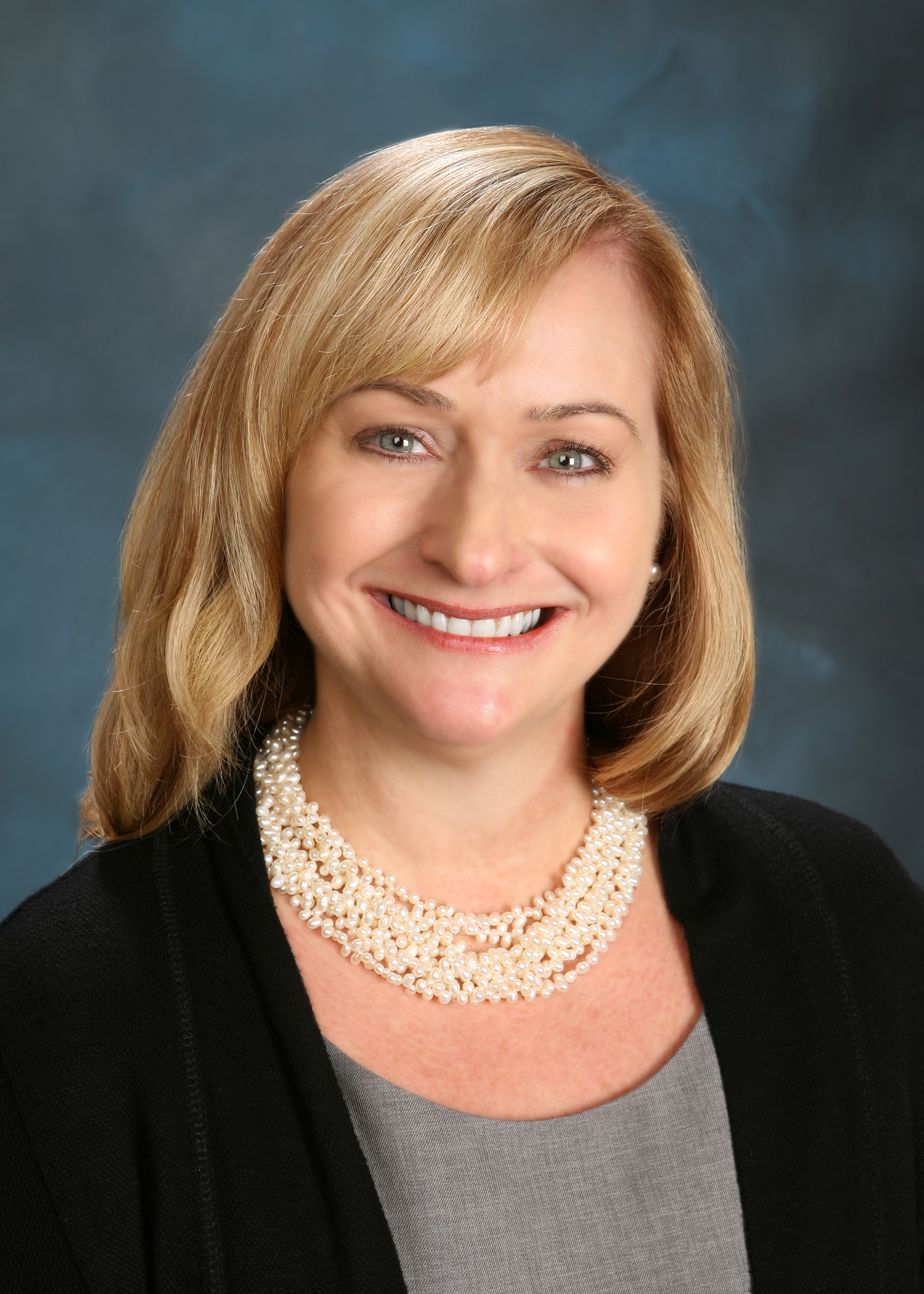Charter's Wild, Wild West
Hawaii eruptions, California fires add extra obstacles to serving in a pandemic
While the pandemic has put added pressure on cable companies to keep their employees and customers safe and protected, Charter’s West Region — the company’s largest — has been more than up for the challenge.
After battling lava flows and hurricanes in Hawaii and heat waves and wildfires in California, Charter’s West region team has continually proven its moxie in the face of harsh circumstances.
“Rolling power outages, volcanoes, hurricanes, wildfires, and then you have to put a pandemic on top of it,” Charter senior VP of the West Region Deborah Picciolo said, adding that her team has been more than up to the challenge and that the safety of customers and employees remains the No. 1 priority.
Related: Charter's 'Giffen Good'

The challenges were particularly difficult in the early days of the coronavirus outbreak, especially when California had different rules depending on the county. Charter decided to follow Centers for Disease Control and Prevention guidelines early on and standardize its response around mask use, social distancing and using sanitizers and gloves. Charter also put a work-from-home program in place for those who could, and gave employees three weeks of COVID-related leave to deal with family and personal health matters, if needed. “We didn’t skip a beat,” Picciolo said.
West Region workers brought high-speed communications to the hospital ship U.S.S. Mercy, which was docked in Los Angeles to take COVID-19 patients, and helped wire up the first COVID-19 testing center in the state, in a parking lot in Riverside. At the same time, Charter had to get broadband service to customers that needed it for working and schooling at home. Prior to the pandemic, Picciolo said, about 60% of new customers self-installed their service. Within three or four weeks after the pandemic hit, that number grew to 95%.
While Southern California wasn’t hit as hard by the latest round of wildfires — Picciolo said the region had about seven fires in August, but only one was within 2,000 feet of the cable plant — it has had to deal with major blazes in the past. In 2018, the Woolsey Fire, also known as the Malibu Fire, burned 100,000 acres and required 300,000 residents to evacuate. Charter lost hundreds of nodes in that inferno. But Picciolo said service was restored to the majority of its customers within 24 hours.
Multichannel Newsletter
The smarter way to stay on top of the multichannel video marketplace. Sign up below.
“We had to build a brand new hub and reroute everything,” she said.
In Hawaii, where Charter is the dominant provider, employees had to deal with the double whammy last year.
“We had a hurricane and a wildfire in Maui all at the same time,” Picciolo said. In 2018, the eruption of the Kilauea volcano destroyed 22 homes in the Spectrum footprint and caused significant plant damage. Charter lost about six nodes as a result of the eruption.
Hawaii also gets its fair share of big storms, even hurricanes. The season starts in June but usually doesn’t pick up until August and September. This year’s July storm was unusual, and Picciolo said that most times hurricanes are downgraded to tropical storms before they reach the island chain.
“But tropical storms cause a ton of flooding,” Picciolo said. “Last year, we had to use a Black Hawk helicopter to restore service. We also used donkeys to try to run fiber on Molokai, where we had a fiber run that went down because of a tropical storm. You have to be creative, especially in some of the more rural parts of Hawaii.”
Mike Farrell is senior content producer, finance for Multichannel News/B+C, covering finance, operations and M&A at cable operators and networks across the industry. He joined Multichannel News in September 1998 and has written about major deals and top players in the business ever since. He also writes the On The Money blog, offering deeper dives into a wide variety of topics including, retransmission consent, regional sports networks,and streaming video. In 2015 he won the Jesse H. Neal Award for Best Profile, an in-depth look at the Syfy Network’s Sharknado franchise and its impact on the industry.

